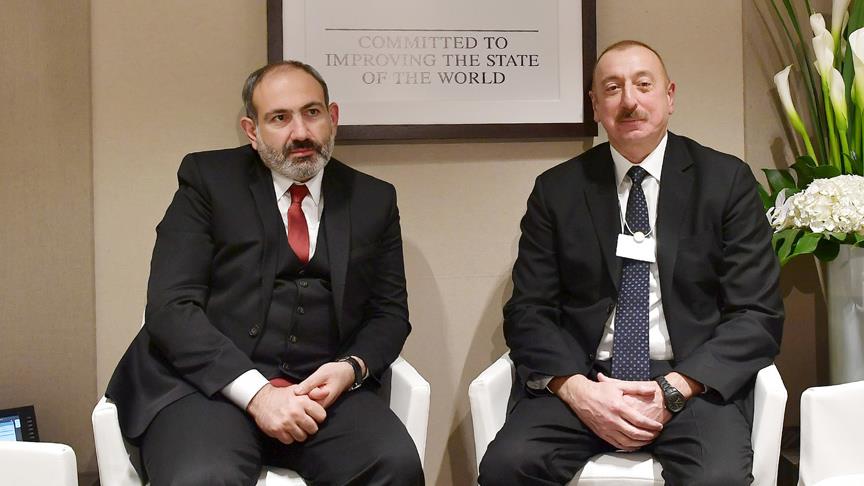
The prisoner exchange between Azerbaijan and Armenia on 13 December 2023 following a joint statement issued on 7 December has been a remarkable moment in the long history of conflict between the two countries. This is so not because this was the first prisoner exchange. On the contrary, there have been numerous exchanges since the outbreak of the Karabakh conflict between the two South Caucasian states. The consequential thing about the latest exchange is that it was the result of an agreement between Azerbaijan and Armenia which was reached without third-party mediation. In addition to the prisoner exchange, with the 7 December joint statement, Baku and Yerevan also agreed to support each other in the international arena for the first time. “As a sign of good gesture,” Armenia agreed to support Azerbaijan in hosting the 29th session of the Conference of Parties (COP29) by withdrawing its candidacy. Azerbaijan, in return, agreed to support Armenia in its candidature for Eastern European Group COP Bureau membership.
As such, the 7 December joint statement is an remarkable moment in the thirty-plus years of the Azerbaijan-Armenia conflict. The deal for prisoner exchange reached without third-party mediation has shown that the two countries can indeed solve at least some less central issues that would clear the way for more substantial talks for peace. The reciprocal support of the long-time arch-enemies raised the hopes for normalization and eventual peace.
Still, one should not be overly optimistic about a quick result. This is not to say the final peace agreement is not on the horizon; it is. However, there are still a number of obstacles yet to be overcome. The colossal distrust between Azerbaijan and Armenia is a major factor that slows down the peace process. Partially as a result of this, Baku and Yerevan still tend to make tactical chess moves rather than taking frank steps towards normalization and peace. The domestic political dynamics in Armenia and the diaspora factor are still there as an impediment. It should also be kept in mind that there are still several issues between the parties waiting to be resolved. The interference of the third parties remains a potential peril. Most importantly, to reach peace, Baku and Yerevan need to be prudent, rational, and pragmatic, and they must adopt a long-term and judicious outlook. The bottom line is that peace and stability in the South Caucasus are within reach only if Baku and Yerevan adopt a strategic outlook and take action accordingly. Hence, a cautious optimism seems to be the right approach regarding Azerbaijan-Armenia normalization and peace.
Absence of Trust and the Continuing Chess Moves
Since 1994, when the first hot phase of the Karabakh war ended with a ceasefire, Azerbaijan and Armenia have negotiated peace for almost thirty years. However, instead of honestly seeking a negotiated peace through mutual concessions, the sides tried all kinds of tactics and tricks to have the edge on the other at the negotiation table. Specifically Armenia, who believed that the time was on its side for the future de jure recognition of the ‘Nagorno Karabakh Republic,’ shattered all the high moments when the sides came closer to a solution. This, in addition to the inefficacy of the OSCE Minsk Group as a mechanism, caused a stalemate in the peace process, which was eventually overcome by the decisive Azerbaijani offensive in September 2020. In the end, the ill-natured and ill-managed pre-2020 peace process resulted in the absolute loss of trust between Azerbaijan and Armenia (and for Azerbaijan to the co-chairs of the OSCE Minsk Group, namely, France, US, and Russia for their pro-Armenian stance).
The deep distrust between Baku and Yerevan is still a factor in the post-2020 process. Likewise, the sides are predisposed to making tactical chess moves rather than taking genuine steps. Again this is particularly true for Armenia which feels weak vis-à-vis Azerbaijan and, at the same time, expects to be put above by the US, EU, and some European countries. These Western actors with their overtly pro-Armenian attitudes, indeed, justify the expectations of Yerevan. This situation does not render Yerevan a more constructive actor, while raising suspicions in Baku.
The Domestic Political Factors in Armenia
For neither Azerbaijan nor Armenia, the Karabakh conflict has been only a foreign policy issue. It has also been a significant factor in domestic politics. Political forces in both Azerbaijan and Armenia used the dispute to gain an upper hand against their political rivals. Yet, a difference also emerged in the two countries.
In Azerbaijan, both Haydar Aliyev and his successor İlham Aliyev managed to consolidate their power and the Azerbaijani opposition remained weak. There has never been a real challenge to the rules of the two Aliyevs. In the absence of real political competition, the Karabakh issue has not become a political tool for rival political factions. Rather, the Aliyev governments used this dispute to consolidate their hegemony in the Azerbaijani society. In Armenia, on the other hand, the political domain has been much more fragmented, competitive, and chaotic. In such a context, the Karabakh conflict was overly instrumentalized by competing Armenian political factions. Moreover, the Armenian diaspora that has had a significant influence in Armenian domestic politics also used this conflict to impose its will and objectives on Yerevan.
Today, there is no dissident voice against the peace process in Azerbaijan. Official Baku runs the process free of any internal dissent. In Armenia, however, the Pashinyan government is under the pressure of the opposition. The anti-Pashinyan opposition both in Armenia and the diaspora attack the Pashinyan government whenever the latter takes a step towards negotiated peace. The good news, nevertheless, is that, in the present, opposition in Armenia is weak and lacks popular support. Hence, Pashinyan feels himself relatively safe and free to run the peace process.
The Points of Contention to be Resolved
The statements coming from official Yerevan and official Baku and some developments on the ground like the ones mentioned above instill hope for peace between two South Caucasian neighbors after thirty-plus years of conflict. However, there are still some difficult issues to be resolved. Border delimitation and demarcation is one of them. The eight Azerbaijani border villages that were occupied by Armenia in the early 1990s and remained under Armenian rule are one contentious issue in this regard. Another contentious issue is the three Azerbaijani enclaves in Armenia (Kyarki in the south near Nakhichevan, and Askipara and Sofulu/Barkhudarly in the north) and one Armenian enclave in Azerbaijan (Artsvashen in the north-west). It should be noted, however, that the core of the issue is not just the possession of tiny pieces of land. What is important about these villages and the enclaves is that those de jure belong to Azerbaijan are at strategically important locations near some of the critical roads in Armenia. Holding these locations would provide Baku with leverage vis-à-vis Yerevan.
To delineate the border, the sides agreed to rely on Soviet-era maps. However, there is a dispute about which Soviet-era map to use. Armenian side insists on using the 1975 map of the Soviet military headquarters, whereas Azerbaijan holds that all the Soviet maps of the region need to be assessed. The reason for this disagreement on the maps is the small variations in the Soviet-era maps. Hence, the sides try to use the Soviet-era map(s) that provides them with the most advantageous territorial arrangements.
Secondly, the ‘rights’ of approximately 100.000 Karabakh Armenians who left Karabakh for Armenia following the Azerbaijani operation on 19 September 2023 which resulted in the liquidation of the illegal Armenian political-military entity in Karabakh is another topic. The Armenian side, particularly through Armenia-friendly political and lobby groups, tacitly pressurizes Azerbaijan to grant Karabakh Armenians holding Armenian passports a right to free entry to Azerbaijan and also residence in this country. Azerbaijan utterly rejects this imposition. Baku holds that Karabakh Armenians who accept Azerbaijani citizenship can live in Azerbaijan as Azerbaijani citizens, but those who do not, cannot. It also refuses unrestricted entrance to Karabakh for these people. To counter the Armenian demand, underlining the principle of reciprocity, Baku puts forward its demand for the same rights for the 250.000 Azerbaijanis that were expelled from Armenia in the late 1980s and early 1990s. It could be assumed that this is not an acceptable deal for Yerevan.
The Zangezur Corridor is the third point of divergence. Baku poses to insist on free passage between Azerbaijan proper and Nakhichevan via southern Armenia. Rejecting the ‘corridor logic,’ Yerevan sustains that Azerbaijani vehicles need to be subjected to border checks and customs controls. With respect to this issue, an interesting thing to note is that Baku now and then gives the message that it may abandon its intent for the Zangezur corridor in favor of the so-called Aras corridor, a transit route passing through the north of Iran. Whether Baku’s altering rhetoric really reflects its real thoughts or it is a tactical move is not clear. Still, Baku may be emphasizing the Aras corridor over the Zangezur corridor to telegraph Yerevan that it would remain isolated from the regional connectivity projects if it does not give green light to the Zangezur corridor or at least offer privileged arrangements for the Azerbaijani carriers passing through its territory. Such a development would definitely render Yerevan’s recently declared Crossroads of Peace project null.
Lastly, though Baku has not pushed for it, there is a possibility that it will demand reparations for the decades-long Armenian occupation of its territory and the unlawful economic gains through the extraction of natural wealth and other activities, particularly if Armenia forwards some unacceptable claims and the peace process once again stagnates, consequently.
The Need for a Strategic Outlook and Pragmatic Steps
The Azerbaijan-Armenia conflict is multilayered and multidimensional and as such not an easy one to resolve. Nevertheless, it is not unresolvable. Indeed, at present the chances for the resolution of the conflict are significantly high. What is needed is strategic outlook and pragmatic steps.
The 7 December Azerbaijan-Armenia joint statement is a good sign in this respect revealing that despite decades-long conflict, Baku and Yerevan came to a certain understanding about the necessity to normalize their relations. Likewise, this statement testifies to the thriving rational and pragmatic mindset in both capitals. It can be seen that while official Yerevan finally achieved an awareness of the prices of the conflict with Azerbaijan that costs it economic and security challenges, Azerbaijan, investing in a strategy to become a transport and energy hub in the east-west and north-south directions, seeks to put an end to the conflict with Armenia.
As stated, there are several issues yet to be resolved between Azerbaijan and Armenia. Though they are thorny topics, they could be solved through mutual concessions and tradeoffs. For example, Yerevan may give green light to the Zangezur corridor in return for Azerbaijan’s pullback from its claims over the border villages and the enclaves. This act of Yerevan may also pull Baku back from demanding compensation for the Armenian occupation of its territory and unlawful economic gains in the last thirty years. Besides that, Yerevan may come to understand that operationalization of the Zangezur corridor would be a major step for Armenia to anchor itself to regional strategic infrastructure projects from which it has been excluded for decades. Certainly, Armenia’s integration into such projects would be a significant long-term advantage not only for its economy but also sovereignty in the long run. The other alternative, namely, the Aras corridor, on the other hand, would mean Armenia’s continuing isolation, hence its reliance on third actors.
As to the rights of the Karabakh Armenians and the Azerbaijani refugees from Armenia, the sides need to agree to mutually give up their demands. This is the most rational step to take since unrestricted entrance of the non-Azerbaijani citizen Armenians to Azerbaijan and their right to residence and vice versa are simply not feasible options either for Baku or Yerevan given the socio-political realities of the region after decades of conflict. Seeking to build castles in the sky is never a good option in international politics.
* Photo: Anadolu Ajansı
© 2009-2025 Center for Eurasian Studies (AVİM) All Rights Reserved
No comments yet.
-
 A RUSSIAN SOLDIER’S MULTIPLE KILLINGS IN ARMENIA
A RUSSIAN SOLDIER’S MULTIPLE KILLINGS IN ARMENIA
Turgut Kerem TUNCEL 19.01.2015 -
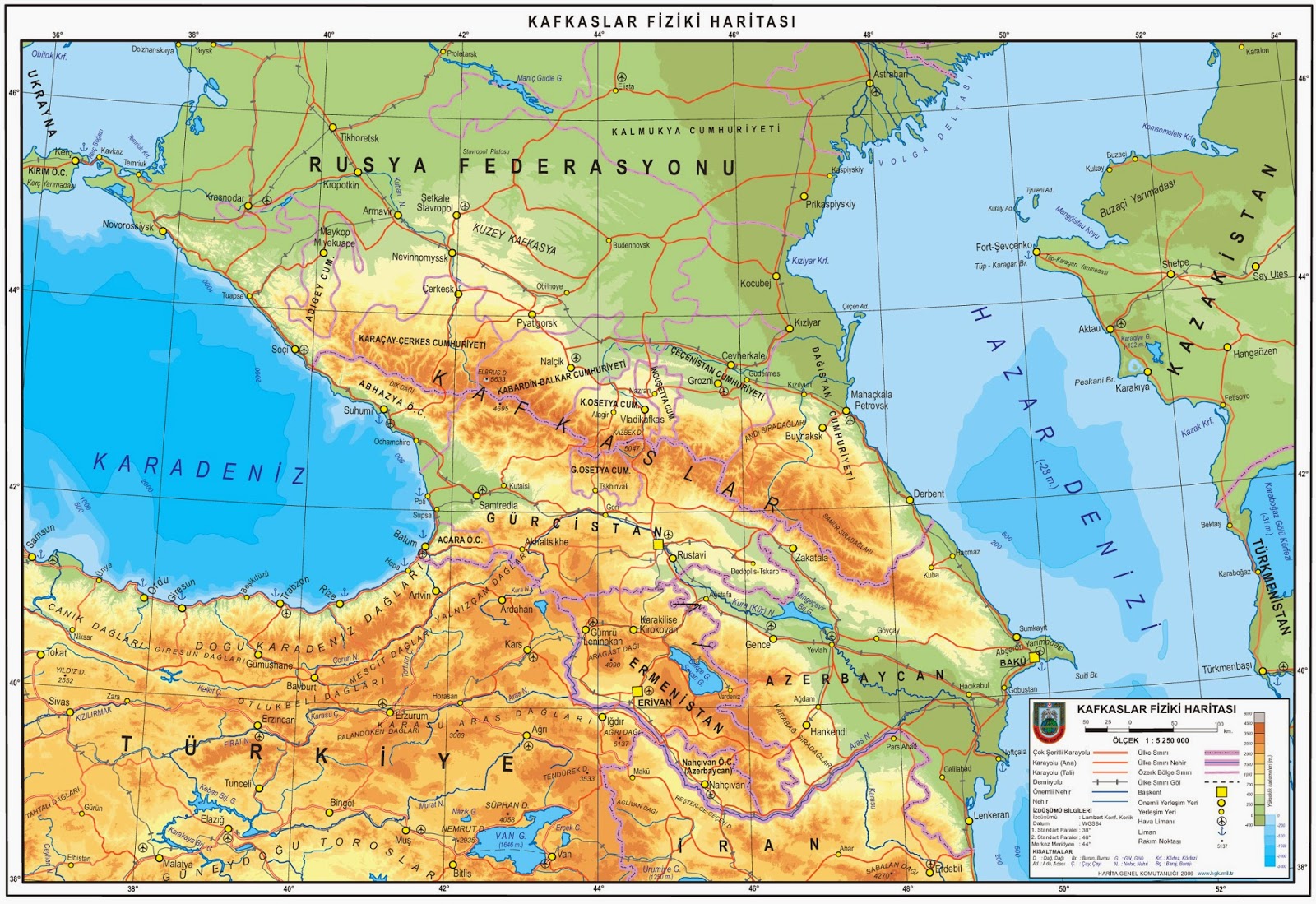 THE FIRST MEETING OF THE REGIONAL COOPERATION PLATFORM FOR LASTING PEACE AND STABILITY IN THE SOUTH CAUCASUS
THE FIRST MEETING OF THE REGIONAL COOPERATION PLATFORM FOR LASTING PEACE AND STABILITY IN THE SOUTH CAUCASUS
Turgut Kerem TUNCEL 23.12.2021 -
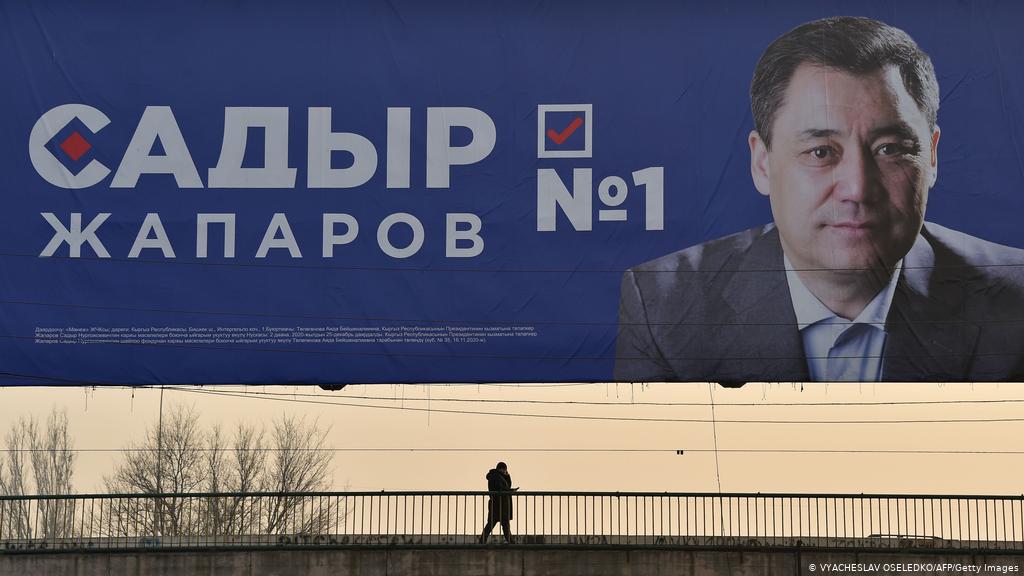 KYRGYZSTAN AFTER 10 JANUARY 2021 PRESIDENTIAL ELECTIONS AND CONSTITUTIONAL REFERENDUM
KYRGYZSTAN AFTER 10 JANUARY 2021 PRESIDENTIAL ELECTIONS AND CONSTITUTIONAL REFERENDUM
Turgut Kerem TUNCEL 21.01.2021 -
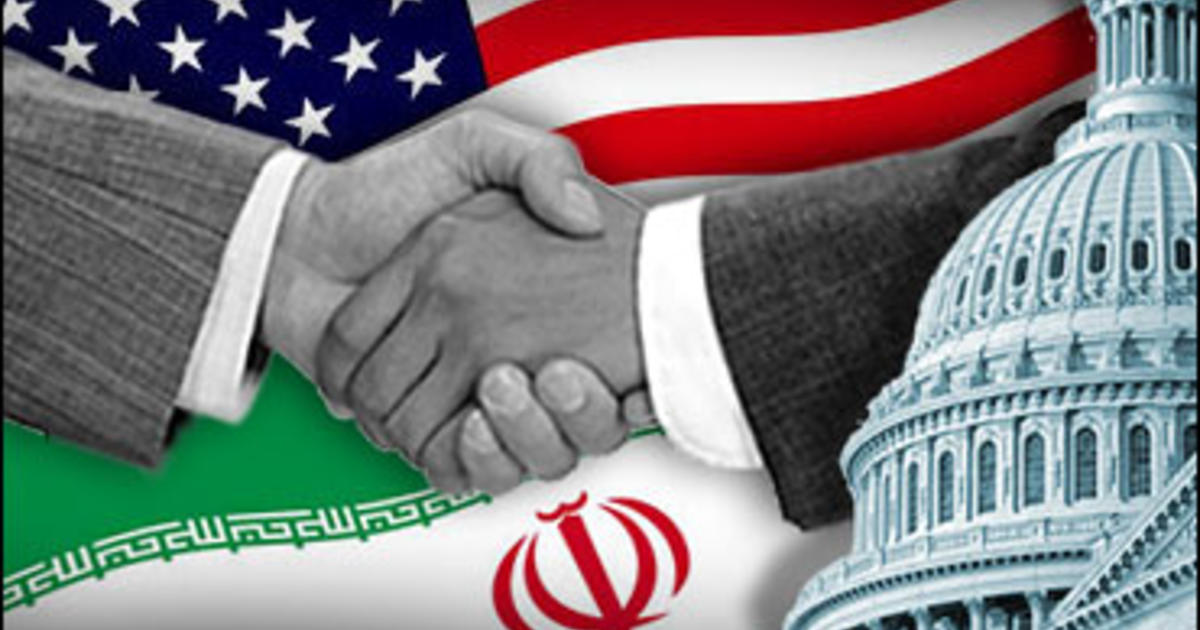 THE US AND IRAN - FOES IN UKRAINE, FRIENDS IN THE SOUTH CAUCASUS
THE US AND IRAN - FOES IN UKRAINE, FRIENDS IN THE SOUTH CAUCASUS
Turgut Kerem TUNCEL 27.10.2022 -
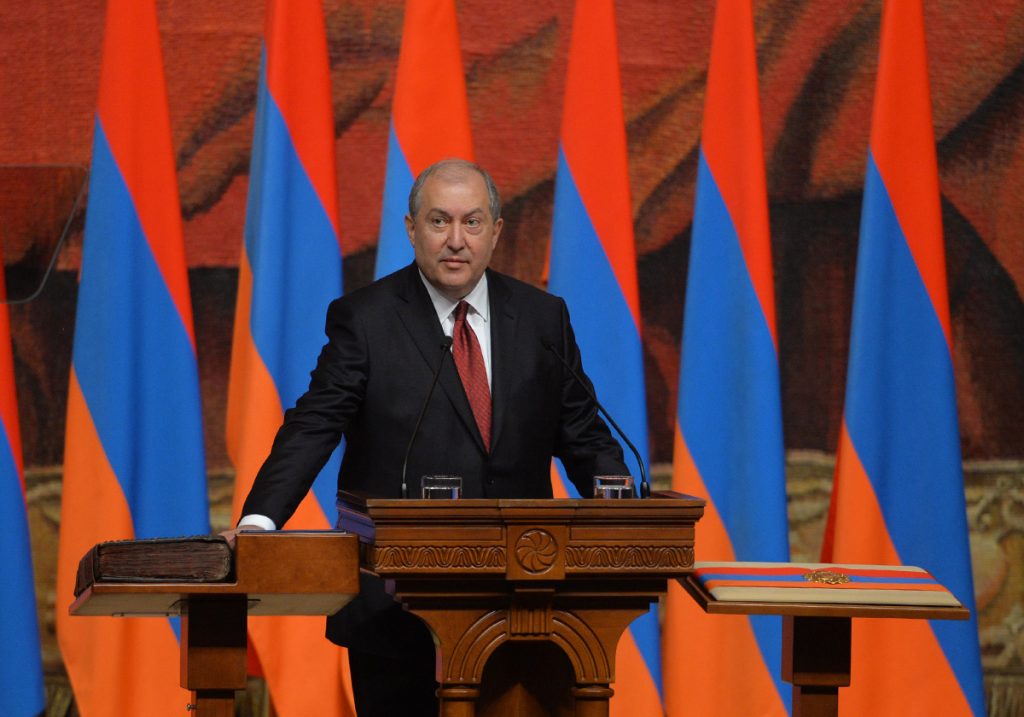 THE INAUGURATION SPEECH OF THE NEWLY ELECTED ARMENIAN PRESIDENT ARMEN SARKISSIAN: MORE OF THE SAME IDEOLOGICAL OUTLOOK
THE INAUGURATION SPEECH OF THE NEWLY ELECTED ARMENIAN PRESIDENT ARMEN SARKISSIAN: MORE OF THE SAME IDEOLOGICAL OUTLOOK
Turgut Kerem TUNCEL 17.04.2018
-
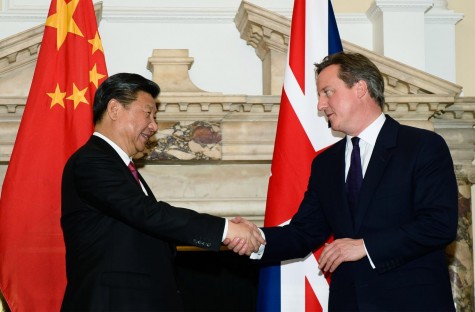 THE “GOLDEN ERA” OF CHINA-UK RELATIONS
THE “GOLDEN ERA” OF CHINA-UK RELATIONS
Ali Murat TAŞKENT 02.11.2015 -
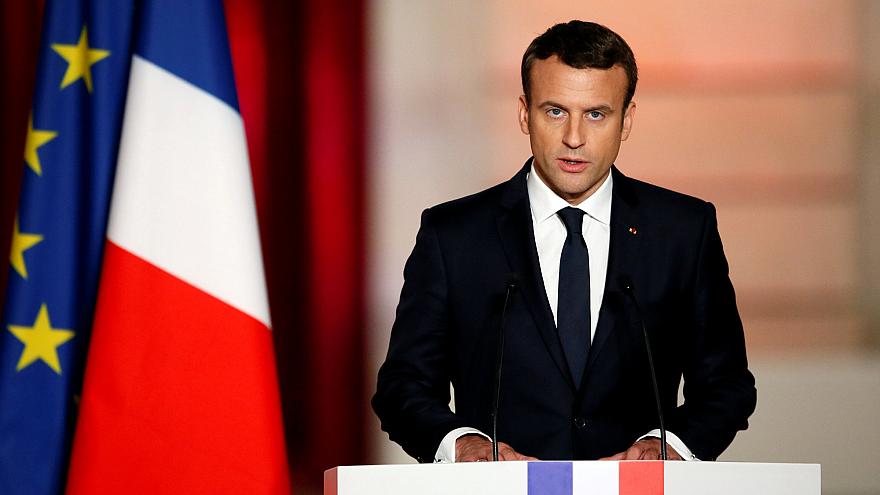 FRANCE DECLARES APRIL 24 COMMEMORATION DAY OF SO-CALLED ARMENIAN GENOCIDE
FRANCE DECLARES APRIL 24 COMMEMORATION DAY OF SO-CALLED ARMENIAN GENOCIDE
Hazel ÇAĞAN ELBİR 12.02.2019 -
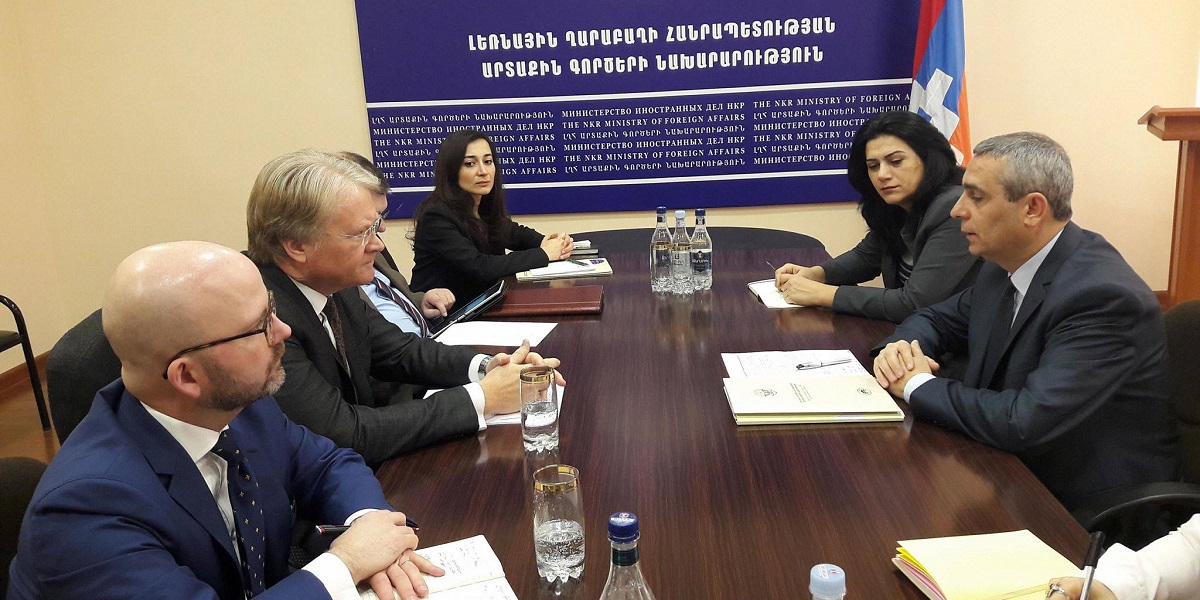 VISIT OF SWEDISH MEMBER OF THE EUROPEAN PARLIAMENT TO KARABAKH: FORGOTTEN MISERY OF AZERBAIJANIS
VISIT OF SWEDISH MEMBER OF THE EUROPEAN PARLIAMENT TO KARABAKH: FORGOTTEN MISERY OF AZERBAIJANIS
Teoman Ertuğrul TULUN 15.02.2018 -
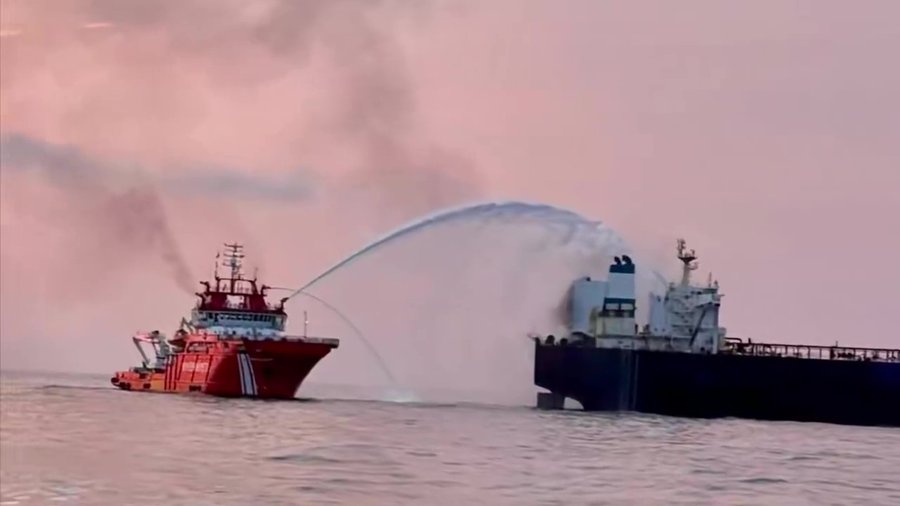 BLACK SEA ATTACKS ON MERCHANT VESSELS: TÜRKIYE’S EEZ, THE MONTREUX REGIME, AND THE RISK OF WAR SPILLOVER
BLACK SEA ATTACKS ON MERCHANT VESSELS: TÜRKIYE’S EEZ, THE MONTREUX REGIME, AND THE RISK OF WAR SPILLOVER
Teoman Ertuğrul TULUN 03.12.2025 -
RESOLUTION RECEIVING ONLY TWO VOTES
Ömer Engin LÜTEM 15.12.2011
-
25.01.2016
THE ARMENIAN QUESTION - BASIC KNOWLEDGE AND DOCUMENTATION -
12.06.2024
THE TRUTH WILL OUT -
27.03.2023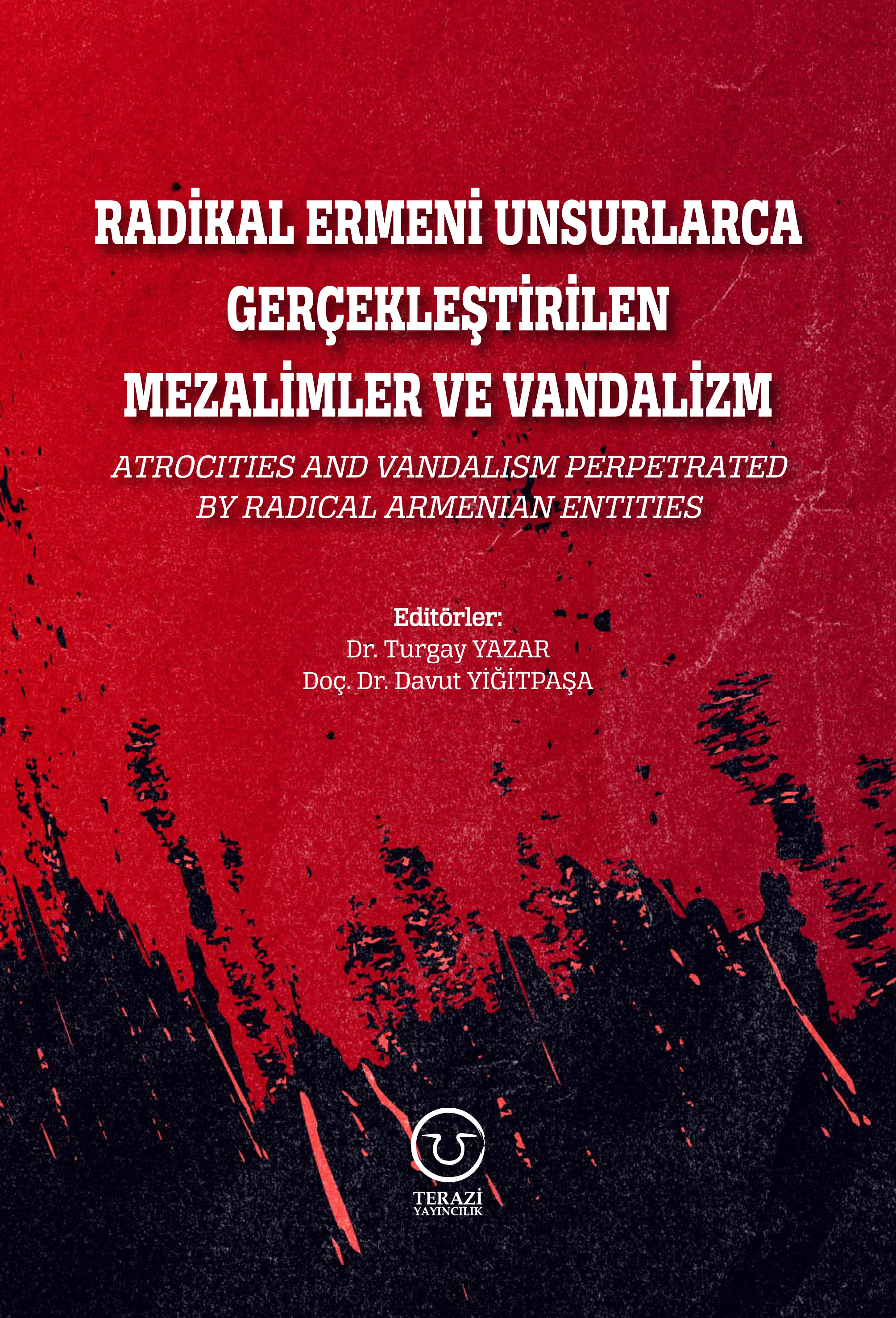
RADİKAL ERMENİ UNSURLARCA GERÇEKLEŞTİRİLEN MEZALİMLER VE VANDALİZM -
17.03.2023
PATRIOTISM PERVERTED -
23.02.2023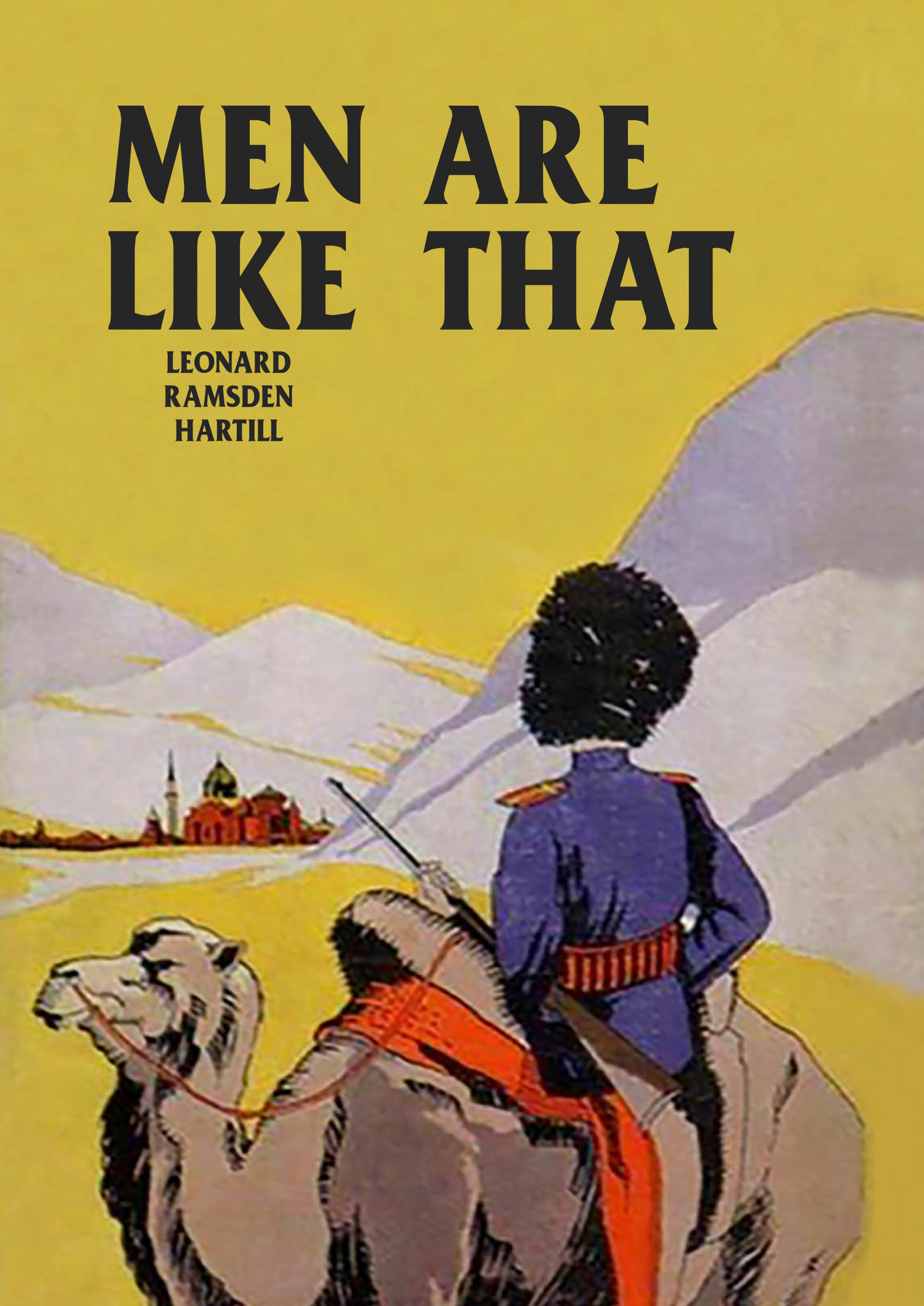
MEN ARE LIKE THAT -
03.02.2023
BAKÜ-TİFLİS-CEYHAN BORU HATTININ YAŞANAN TARİHİ -
16.12.2022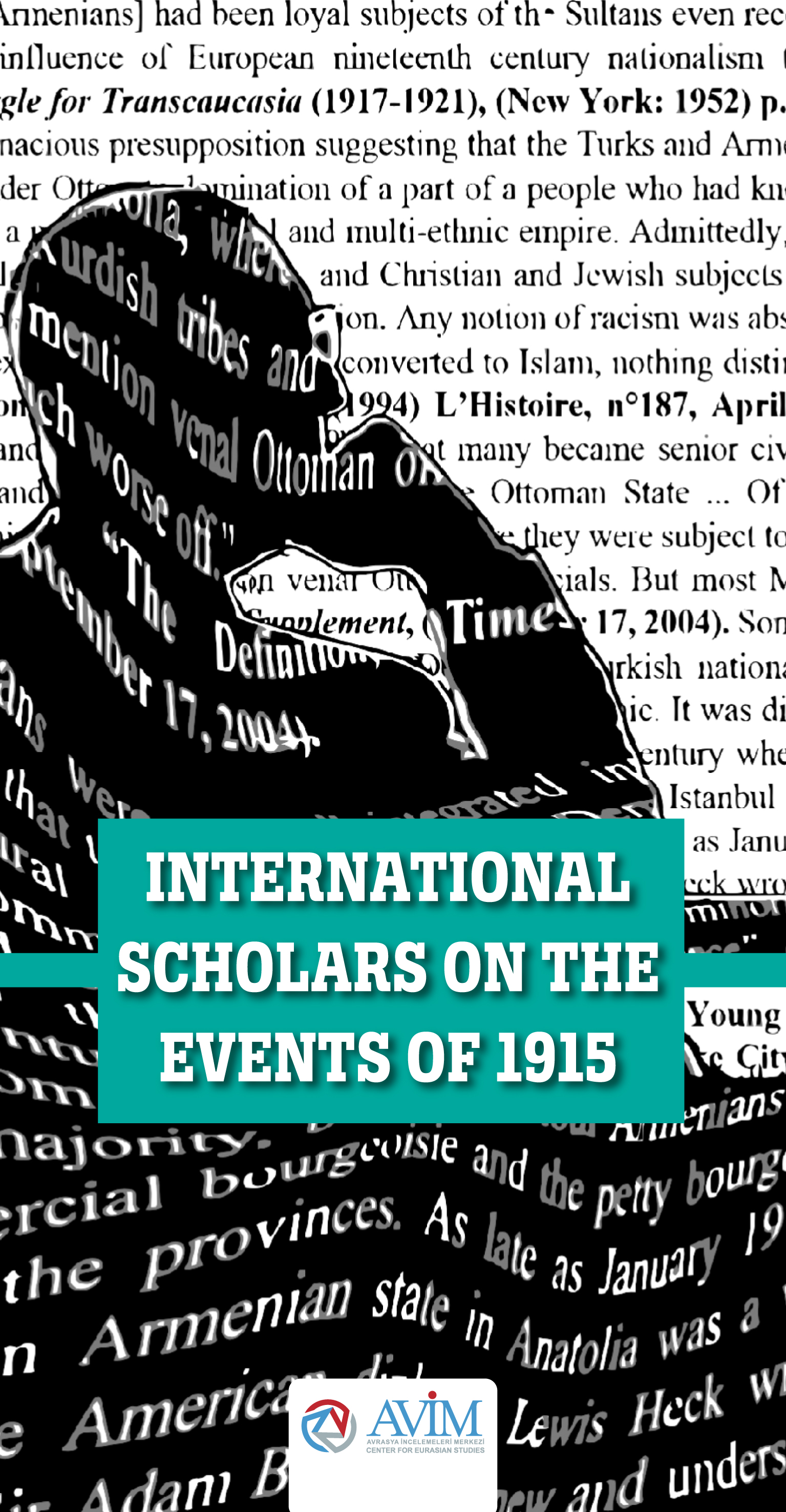
INTERNATIONAL SCHOLARS ON THE EVENTS OF 1915 -
07.12.2022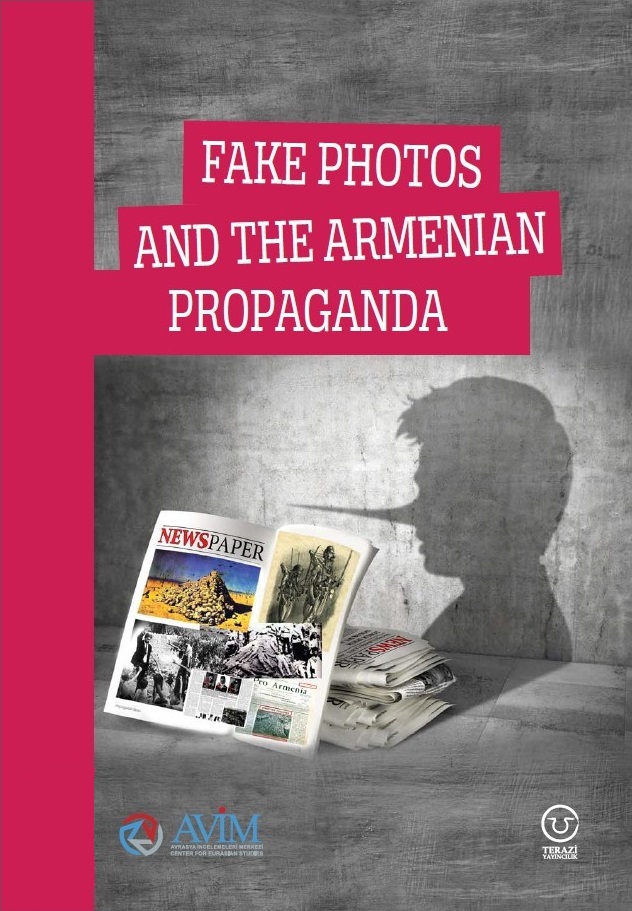
FAKE PHOTOS AND THE ARMENIAN PROPAGANDA -
07.12.2022
ERMENİ PROPAGANDASI VE SAHTE RESİMLER -
01.01.2022
A Letter From Japan - Strategically Mum: The Silence of the Armenians -
01.01.2022
Japonya'dan Bir Mektup - Stratejik Suskunluk: Ermenilerin Sessizliği -
03.06.2020
Anastas Mikoyan: Confessions of an Armenian Bolshevik -
08.04.2020
Sovyet Sonrası Ukrayna’da Devlet, Toplum ve Siyaset - Değişen Dinamikler, Dönüşen Kimlikler -
12.06.2018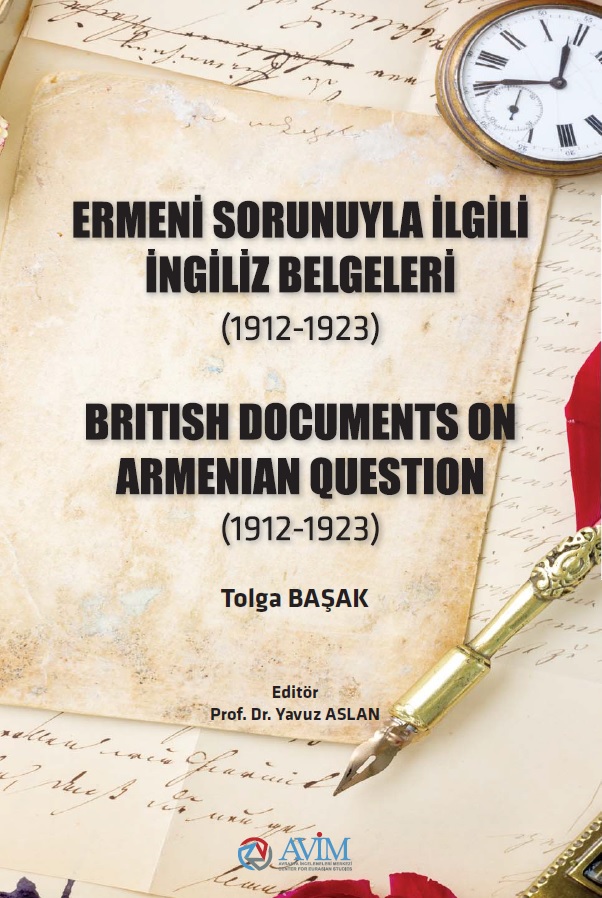
Ermeni Sorunuyla İlgili İngiliz Belgeleri (1912-1923) - British Documents on Armenian Question (1912-1923) -
02.12.2016
Turkish-Russian Academics: A Historical Study on the Caucasus -
01.07.2016
Gürcistan'daki Müslüman Topluluklar: Azınlık Hakları, Kimlik, Siyaset -
10.03.2016
Armenian Diaspora: Diaspora, State and the Imagination of the Republic of Armenia -
24.01.2016
ERMENİ SORUNU - TEMEL BİLGİ VE BELGELER (2. BASKI)
-
AVİM Conference Hall 24.01.2023
CONFERENCE TITLED “HUNGARY’S PERSPECTIVES ON THE TURKIC WORLD"









